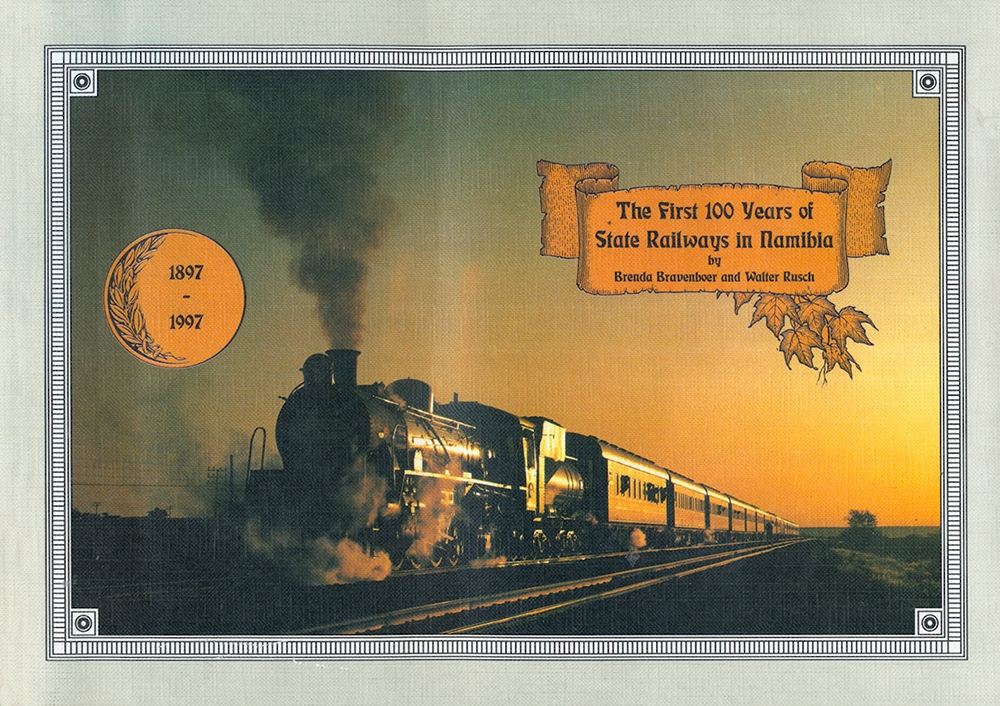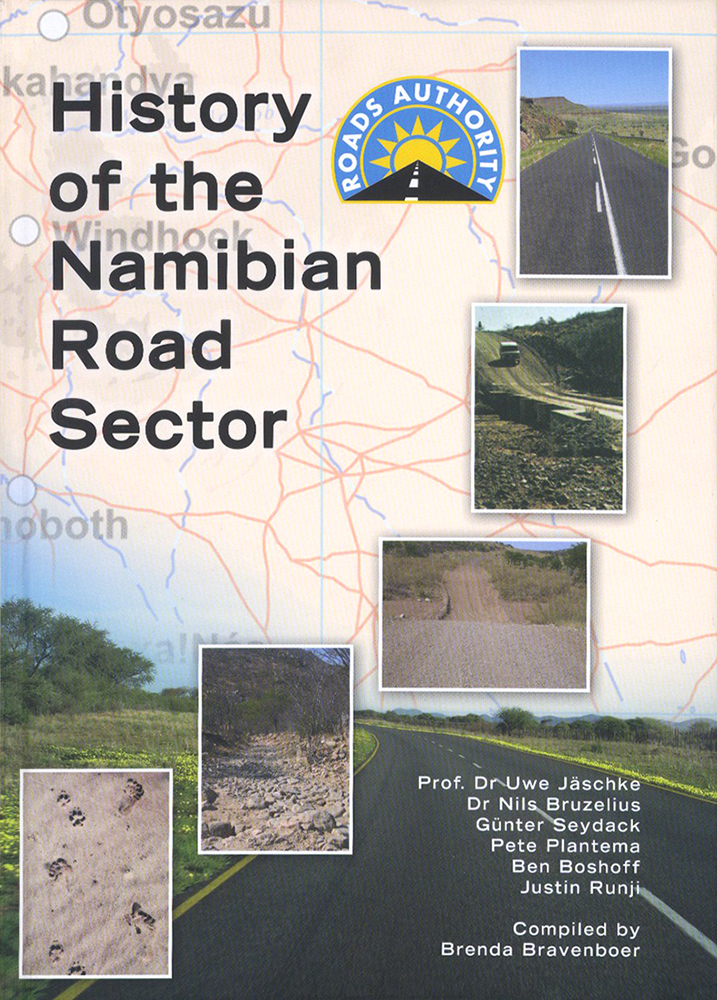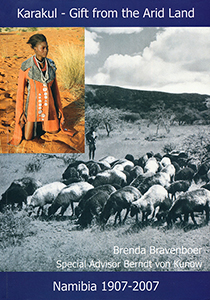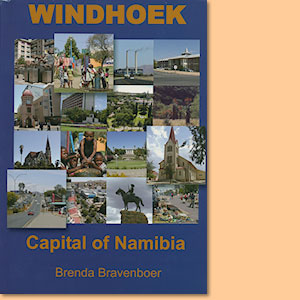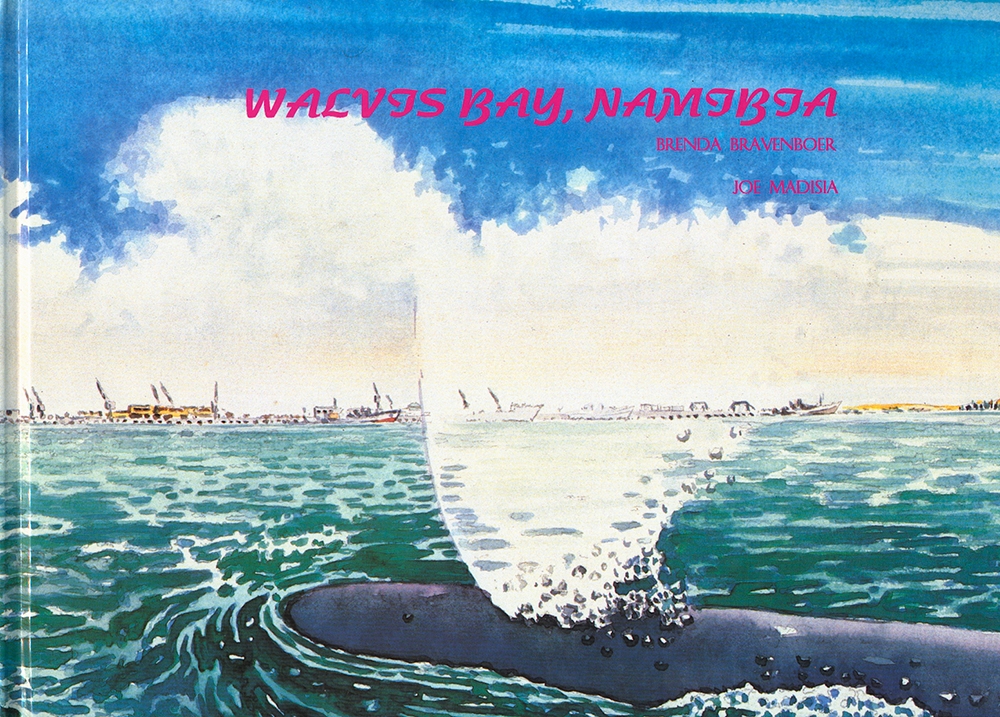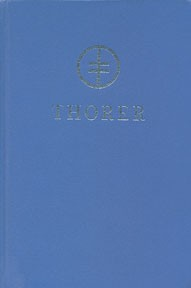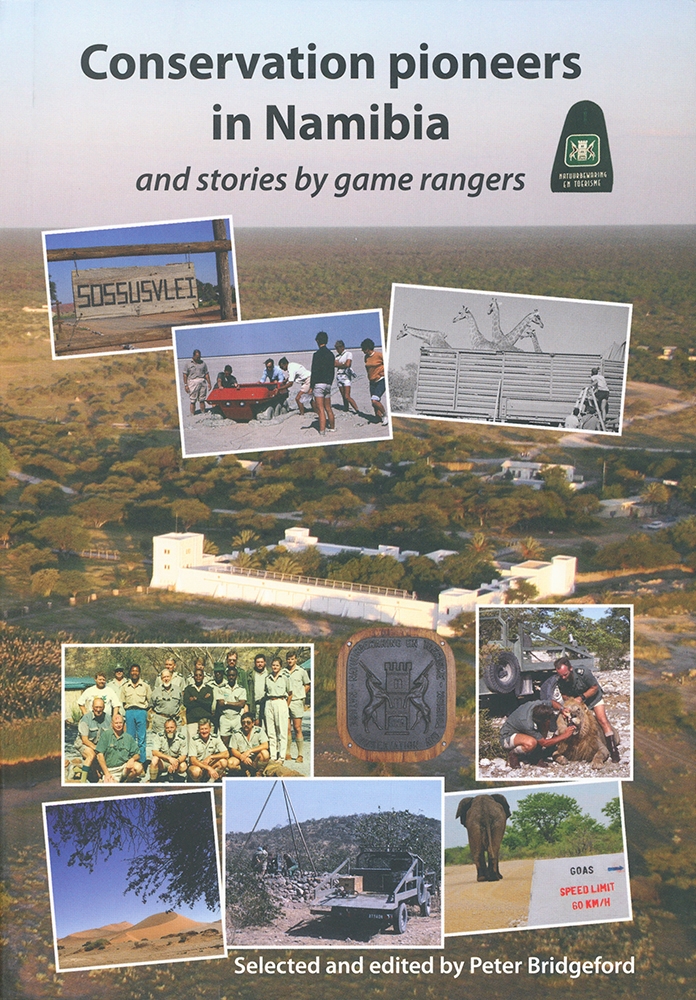Karakul. Gift from the Arid Land Namibia 1907-2007, by Brenda Bravenboer
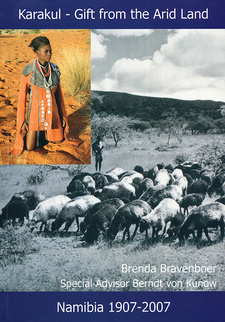
Karakul. Gift from the Arid Land Namibia 1907-2007, by Brenda Bravenboer. Karakul Board of Namibia; Karakul Breeders' Society of Namibia. Windhoek, Namibia 2007. ISBN 9789991668895 / ISBN 978-99916-68-89-5
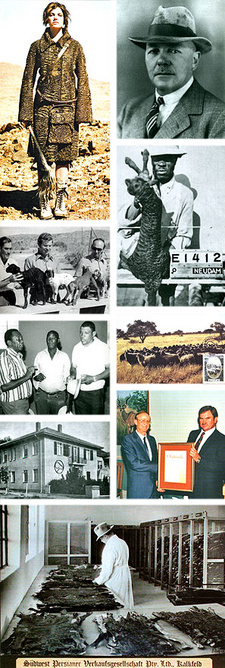
Images from the book: Karakul. Gift from the Arid Land Namibia 1907-2007 (Brenda Bravenboer)
Congratulations on one hundred years of Karakul sheep farming in Namibia! This is a remarkable achievement in the history of our country that warrants proper documentation in the form of a book. Karakul: Gift from the Arid Land Namibia 1907-2007 by Brenda Bravenboer will remind all of us and our descendants of the impact an industry can have on the welfare of a whole nation.
Stock Farming in German SWA 1906-1907
In 1891 the DKS (Deutsche Kolonialgesellschaft) founded the farm Kubub south of Aus and it was the first settlement that was established with the support of German capital. In that same year the DKS imported Merino sheep from the Cape Colony. By 1893 there were 4000 wool sheep on Kubub. Later that year, on 6 November, Hendrik Witbooi (Witbooi Namas) attacked the farm and stole all the stock. After this event the manager of Kubub relocated to the farm Nomtsas near Maltahohe where he advised potential settlers and farmers to concentrate on wool farming. During the Nama and Herero wars (1904-1906) many white settlers moved back across the Gariep River to the northern Cape and took their animals with them. The wars had a devastating effect on farming and every aspect of the agricultural sector suffered tremendous setbacks. Areas that were only marginally affected were Outjo, Grootfontein and Rehoboth. Sheep farming was in very bad shape, especially in 1906-1907 when in the Gibeon district 50000 sheep died of an unknown disease. After the Nama and Herero wars the areas in the south and north of SWA respectively were brought under military control and a new era dawned in SWA. The number of farms increased rapidly. Farmers from SA preferred to settle in the southern part of the country (the area most suited for sheep farming), while the German farmers preferred the north which receives more rainfall and has lush vegetation. During the wars many animals died. The losses had to be recovered and the needs of the new settlers had to be provided for. The German Government insisted on the importation of well-bred animals for which good prices would be obtained and which would ensure a place on the world market. With this in mind, Dr Friedrich von Lindequist, who was familiar with the plans of Paul Thorer and the research done by Dr Kühn, and who was now in close contact with both Kuhn and Thorer, made it possible for the first Karakul sheep from Buchara to enter the country. With the substantial contribution made by von Lindequist, the foundation was laid for the establishment of a Karakul stud in SWA. Dr Kühn reported in 1906 that Buchara had produced some 385 000 pelts during 1905 and these pelts were sold for six million Mark in Leipzig. During the formative years, House Thorer put a lot of effort into the development of this stud by means of encouragement, advice and leading by example. Von Lindequist was very conversant with conditions in SWA. During the time of Governor Theodor Leutwein (1894-1895) von Lindequist was a magistrate in Windhoek and also served as acting Governor in the country until 1899. During 1905 von Lindequist replaced Leutwein as the first civil governor until 1907 when Bruno von Schuckmann took over from him. Also in his new position as Under Secretary of Colonies in Germany, von Lindequist looked after the interests of SWA. During Von Lindequist's period as governor, Dr Oskar Hintrager became familiar with Von Lindequist's plans. As first reporter of His Excellency Governor von Schuckmann, Dr. Hintrager contributed in a very special way to the execution of these plans. [...]
This is an excerpt from the book 'Karakul. Gift from the Arid Land Namibia 1907-2007', by Brenda Bravenboer.
Title: Karakul
Subtitle: Gift from the Arid Land Namibia 1907-2007
Author: Brenda Bravenboer
Advisor: Berndt von Kunow
Publisher: Karakul Board of Namibia; Karakul Breeders' Society of Namibia
Windhoek, Namibia 2007
ISBN 9789991668895 / ISBN 978-99916-68-89-5
Soft cover, 17 x 24 cm, 400 pages, 550 colour and bw-photographs, tables and sketches
Bravenboer, Brenda im Namibiana-Buchangebot
The first 100 years of State Railways in Namibia
This comprehensive and rare book surveys Namibia's railway history over the past 100 years before 1997.
History of the Namibian Road Sector
This an impressive, most interesting documentation of history and developement of the Namibian road sector.
Karakul. Gift from the Arid Land Namibia 1907 - 2007
This magnificent book, Gift from the Arid Land, introduces to history of the Karakul industry in Namibia (1907-2007).
Walvis Bay, Namibia (deutsche Ausgabe)
Die Ortsgeschichte und landeskundliche Besonderheiten Walvis Bays in Namibia, die ist die deutsche Ausgabe.
Weitere Buchempfehlungen
Die Karakulzucht in Südwestafrika und das Haus Thorer
Die Entwicklung der Karakul-Schafhaltung in Südwestafrika und die deutsche Rauchwarenhandlung Thorer mit ihrer Niederlassung in Südafrika.
Conservation Pioneers in Namibia
Conservation Pioneers in Namibia and stories by game rangers: a compelling and insightful read.

